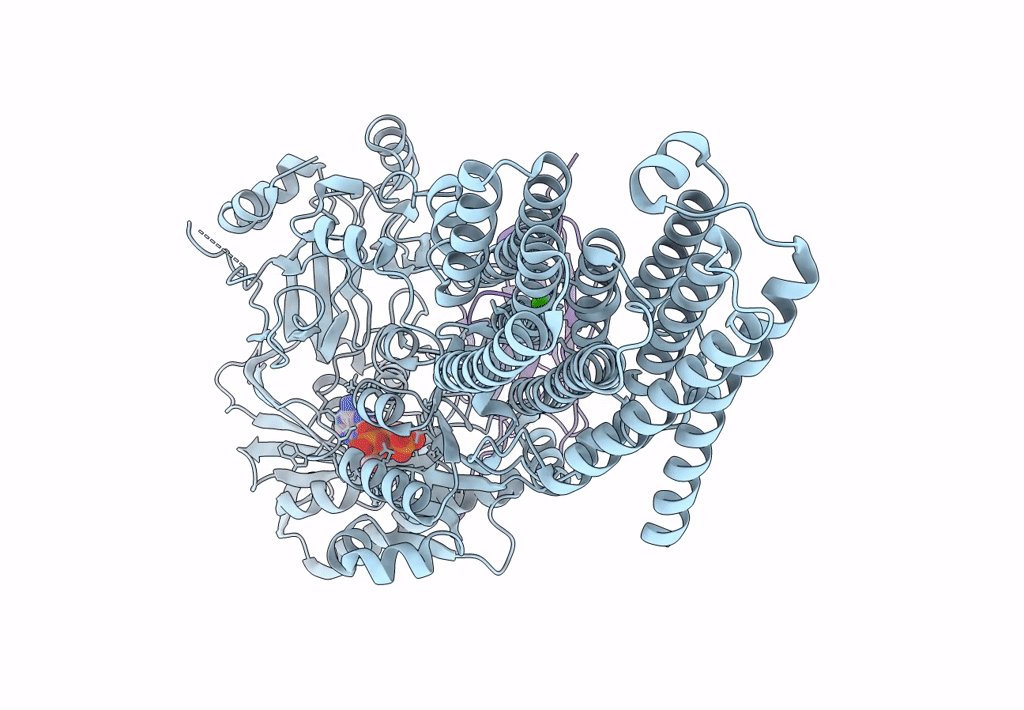
Deposition Date
2022-06-28
Release Date
2023-03-22
Last Version Date
2025-07-02
Entry Detail
PDB ID:
7YAG
Keywords:
Title:
CryoEM structure of SPCA1a in E1-Ca-AMPPCP state subclass 1
Biological Source:
Source Organism:
Homo sapiens (Taxon ID: 9606)
Vicugna pacos (Taxon ID: 30538)
Vicugna pacos (Taxon ID: 30538)
Host Organism:
Method Details:
Experimental Method:
Resolution:
3.10 Å
Aggregation State:
PARTICLE
Reconstruction Method:
SINGLE PARTICLE


